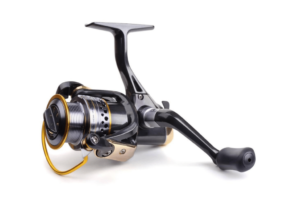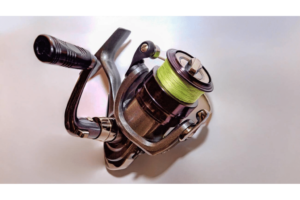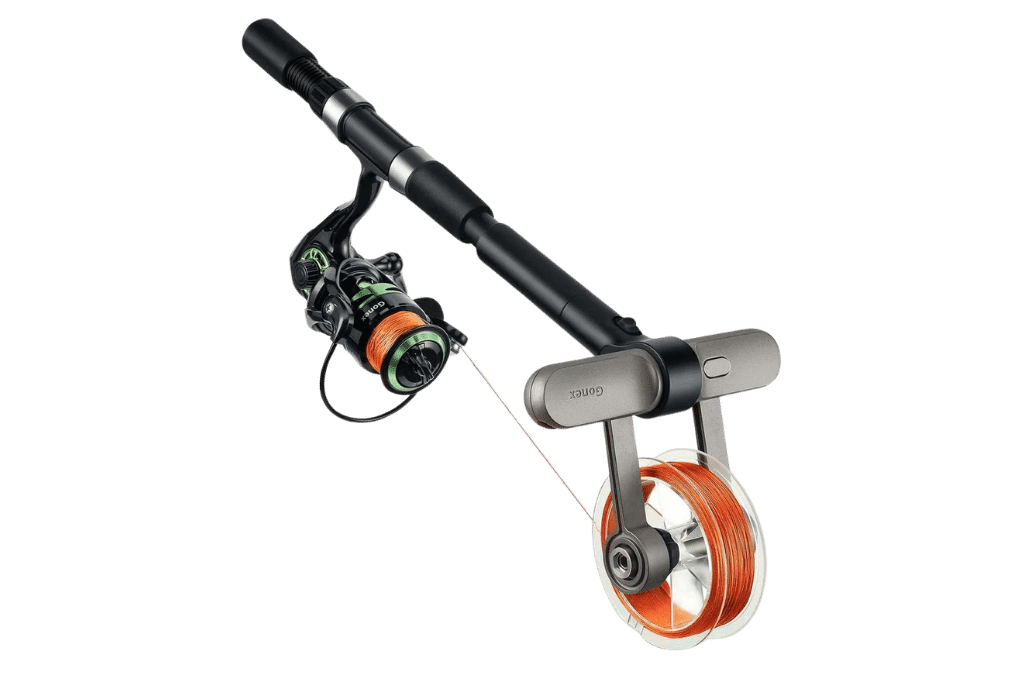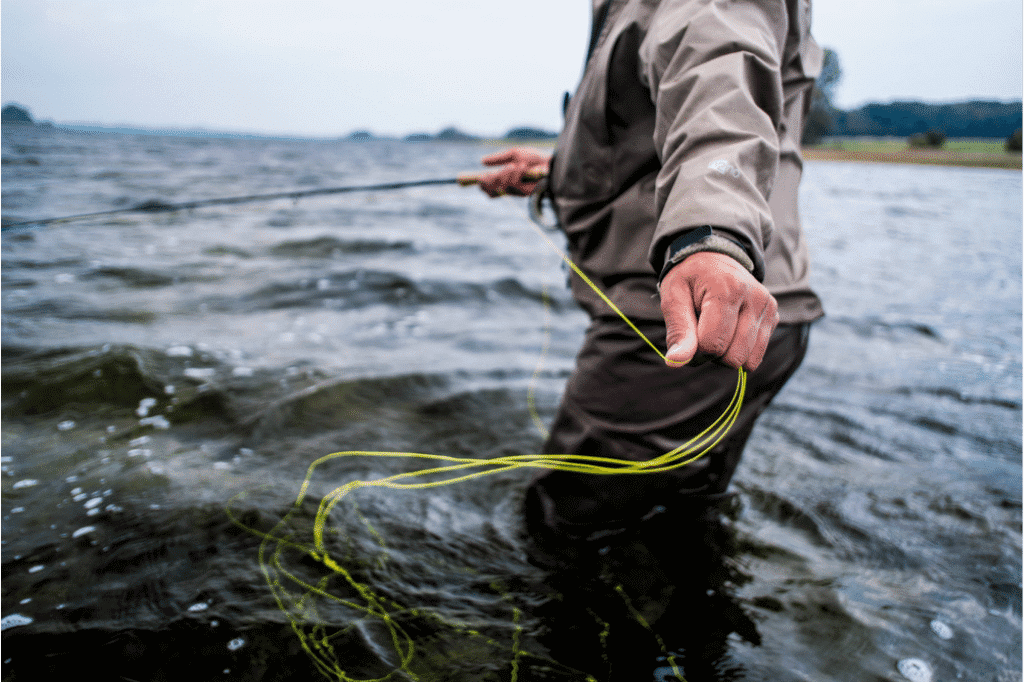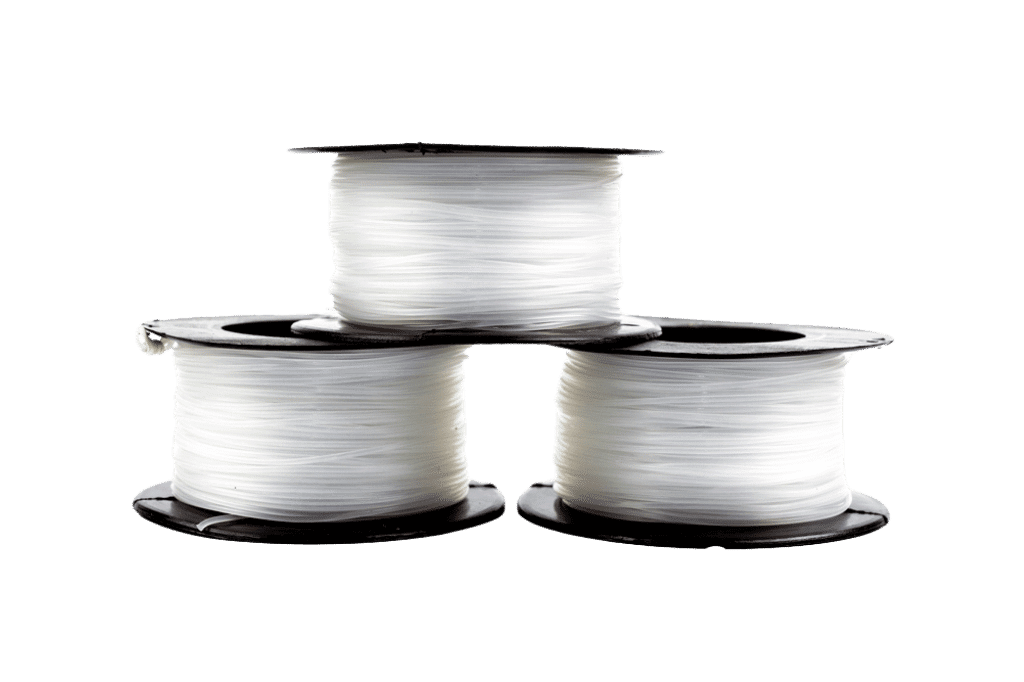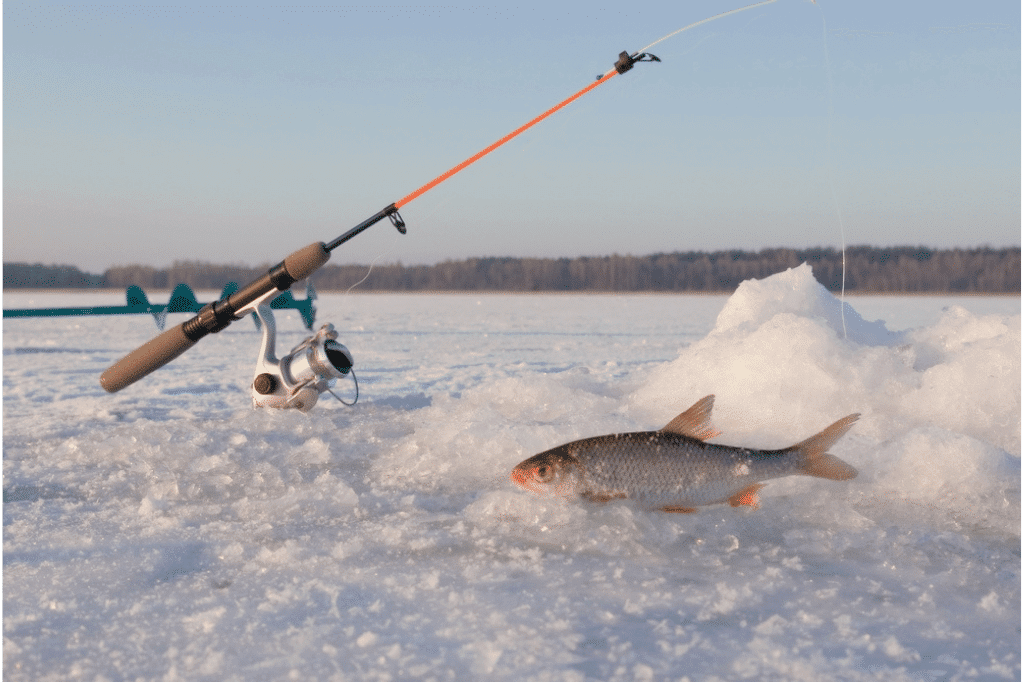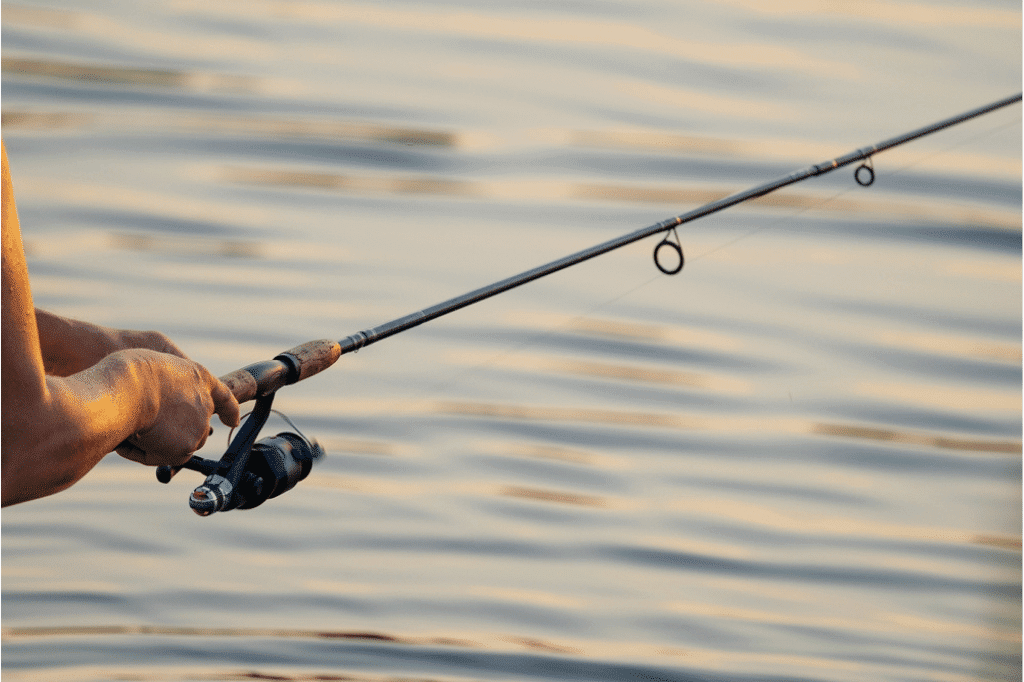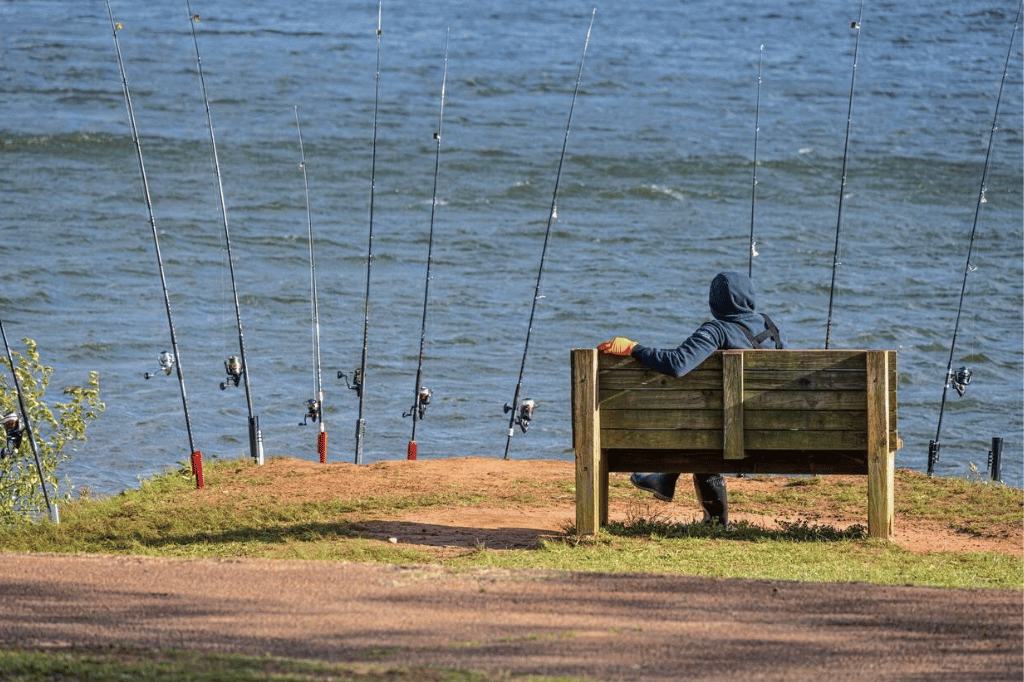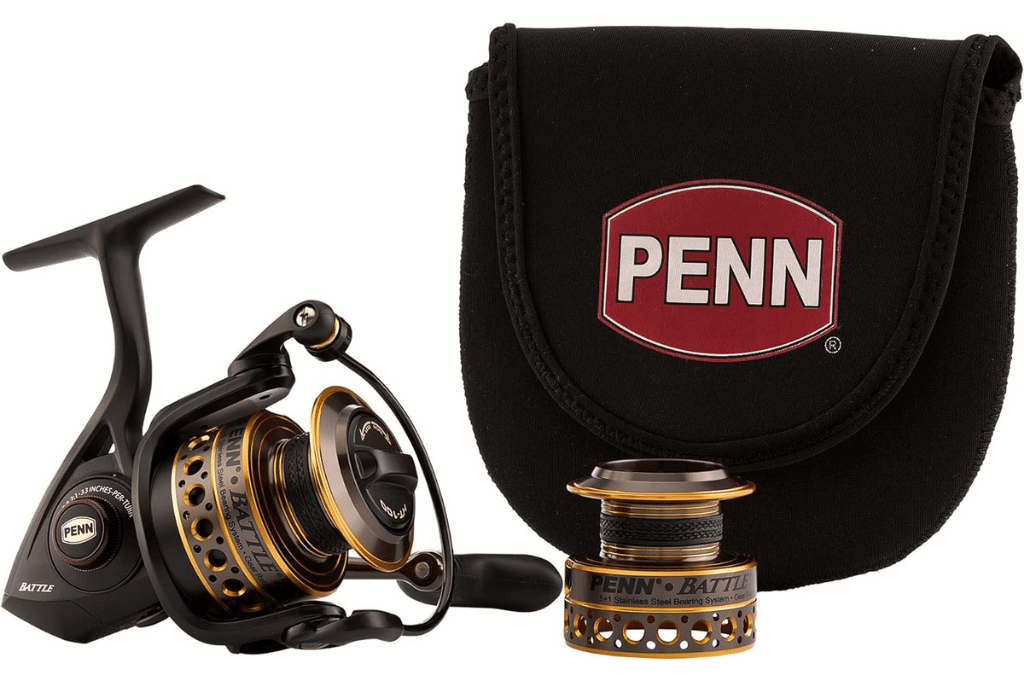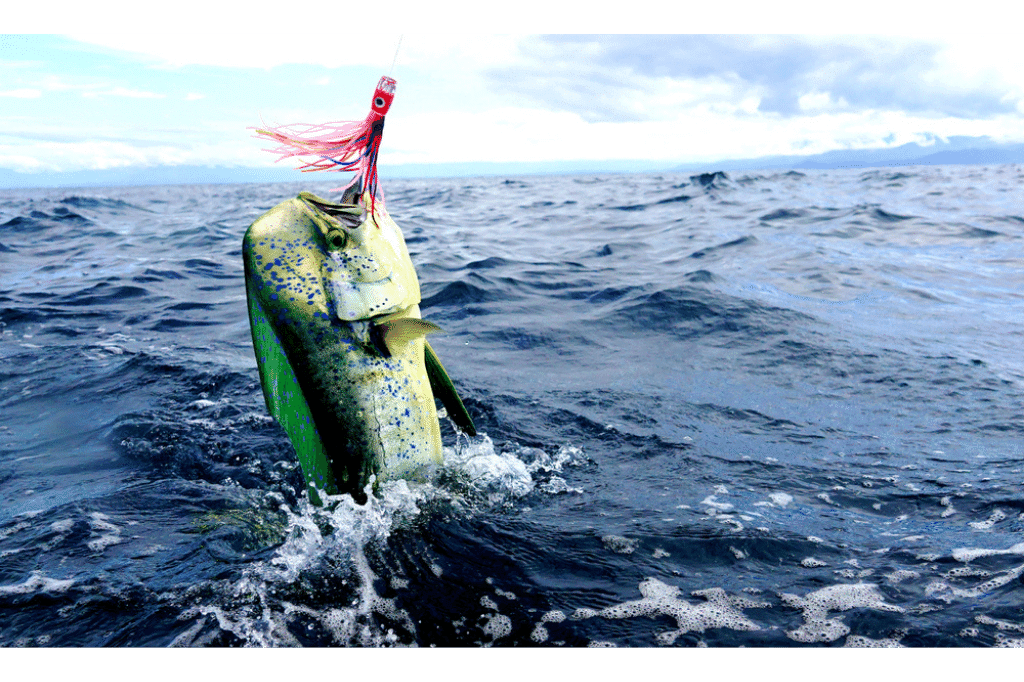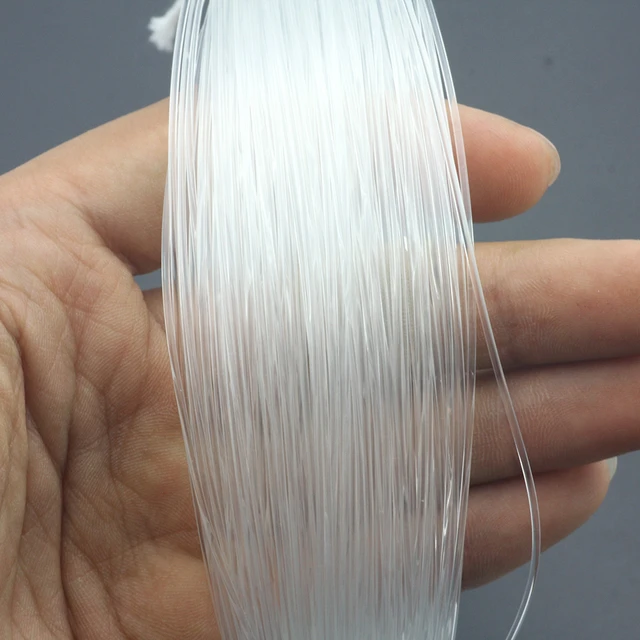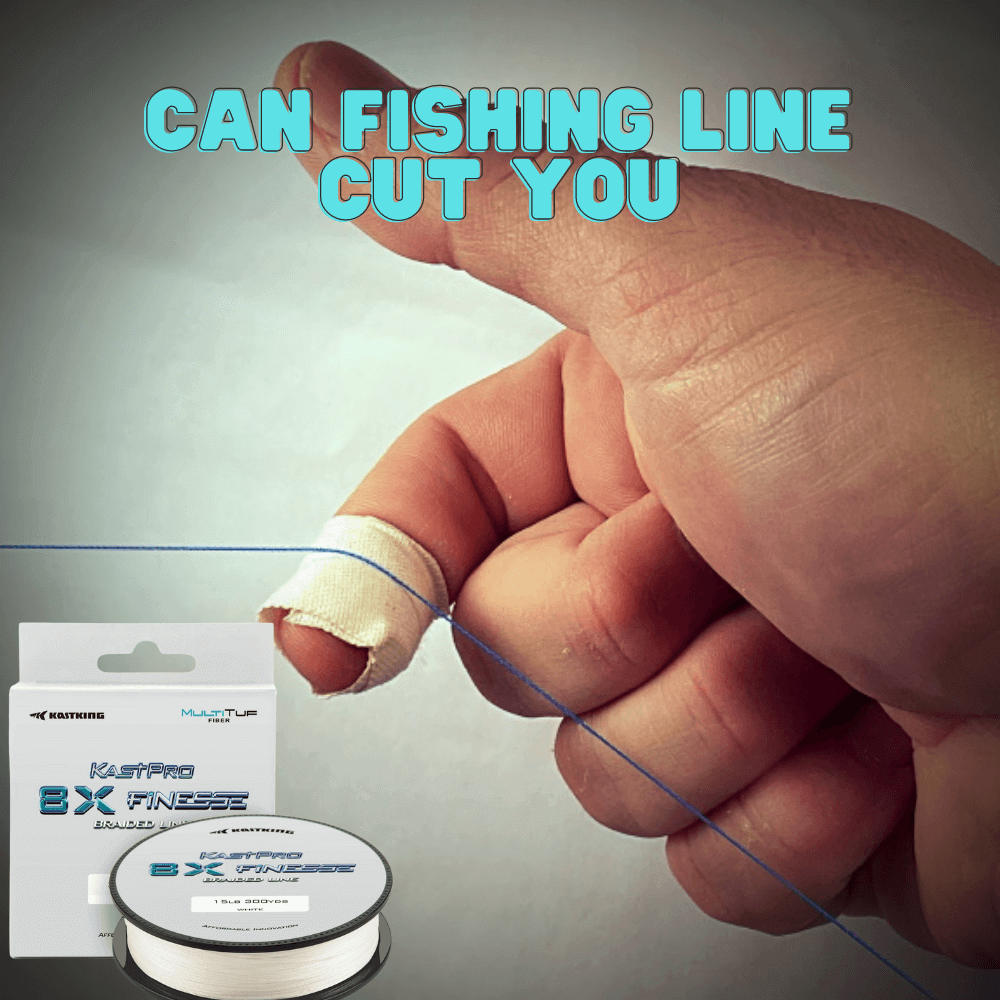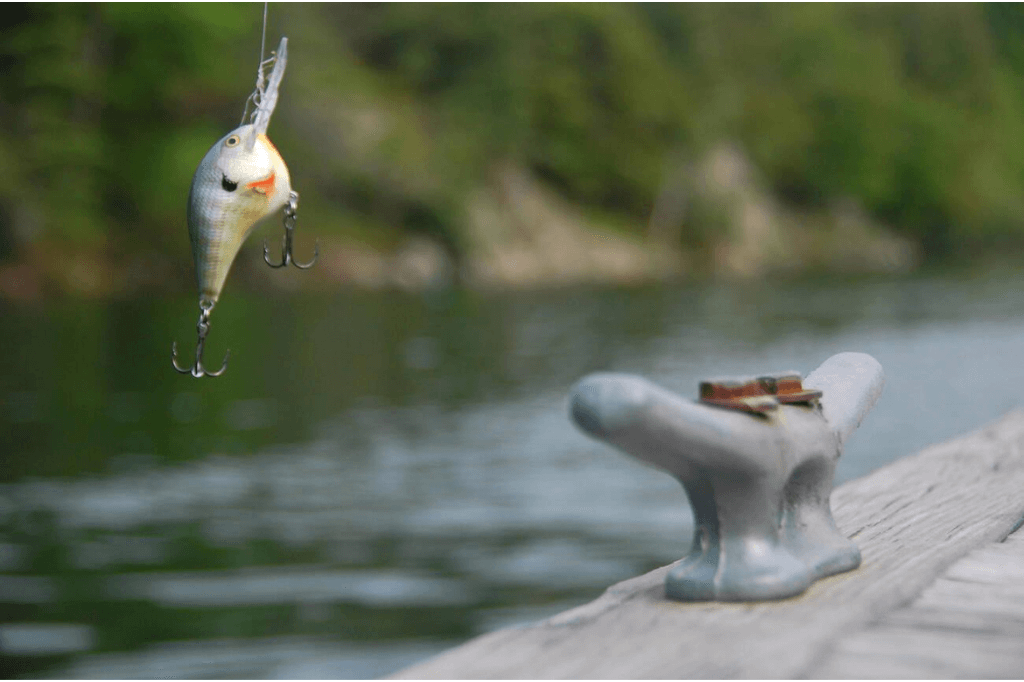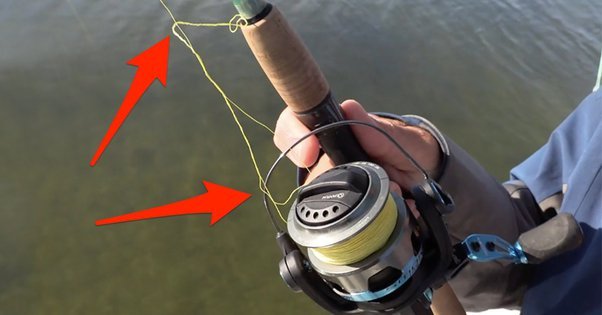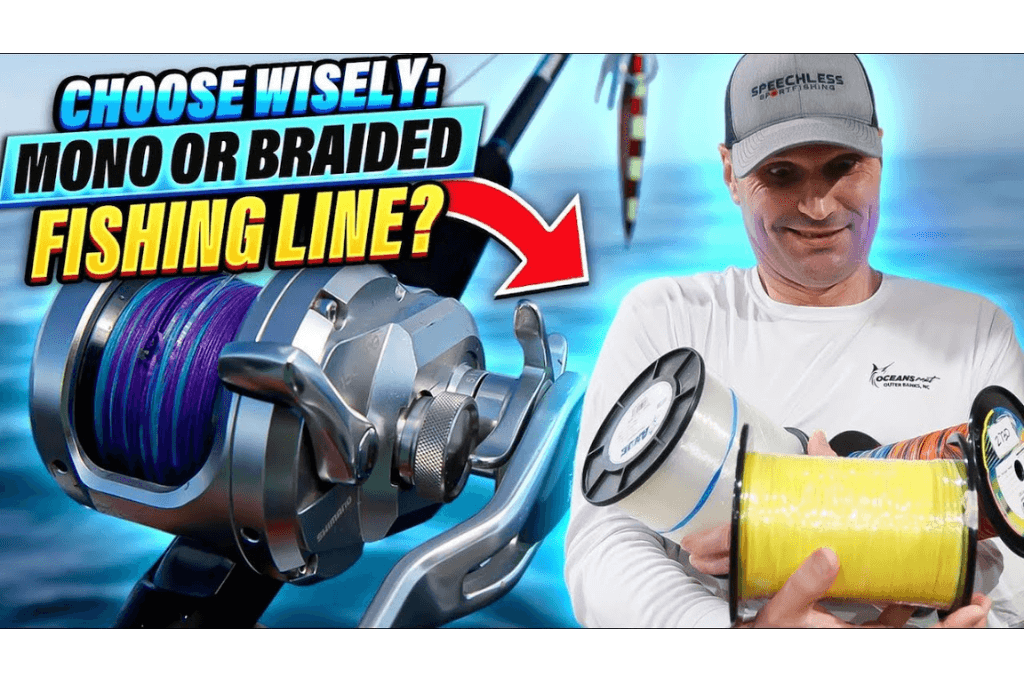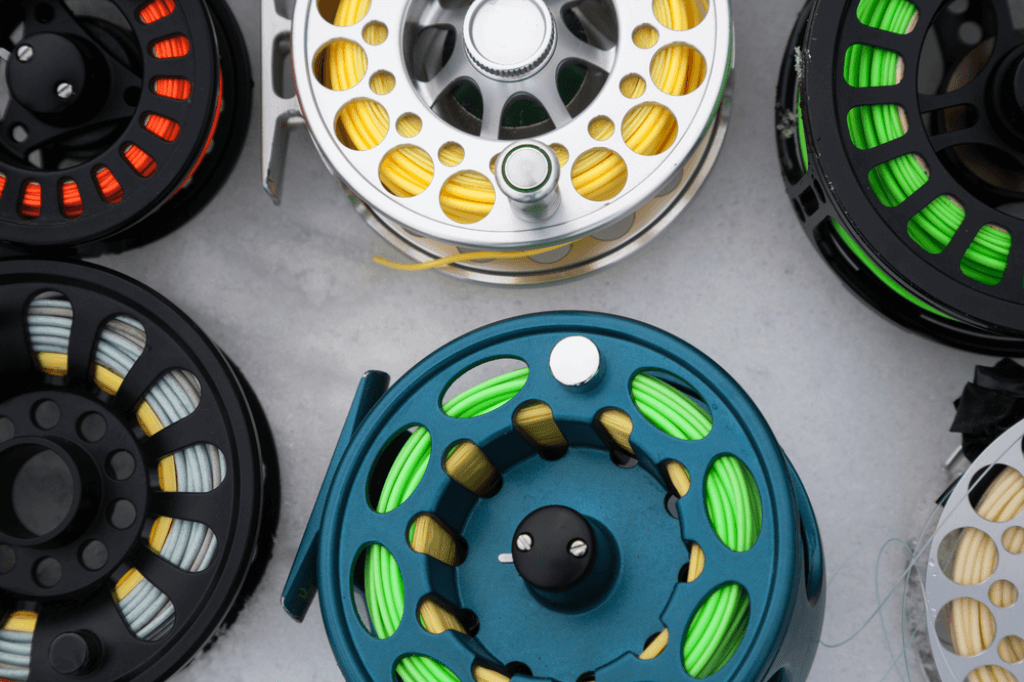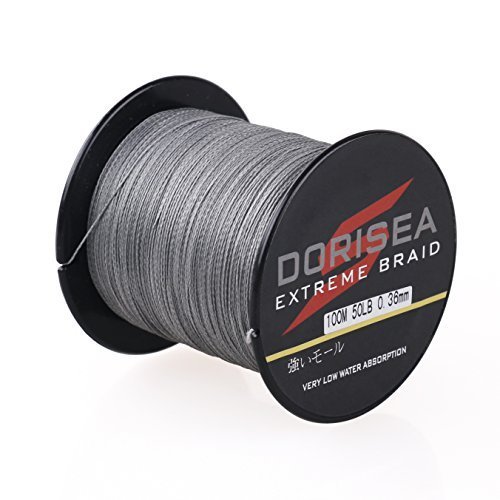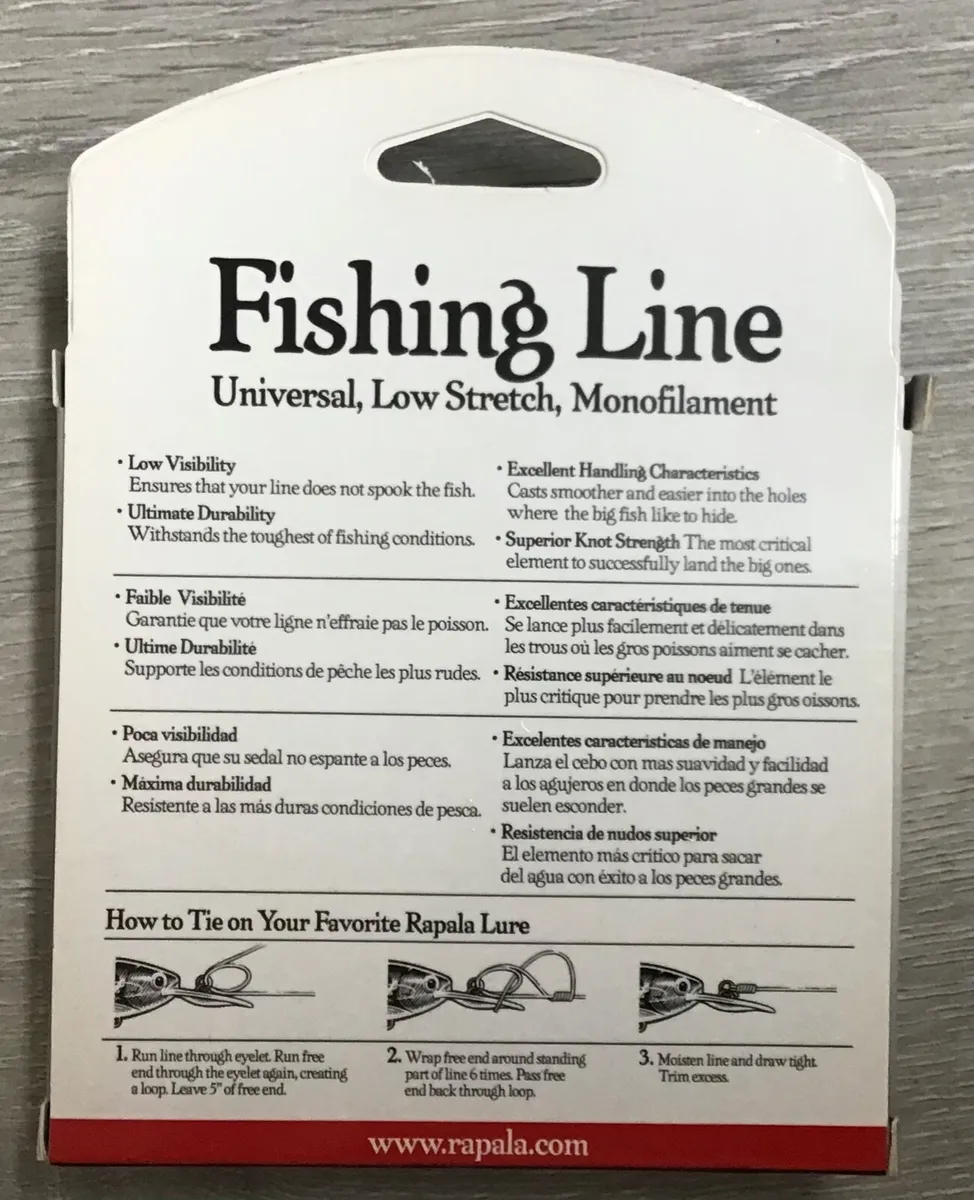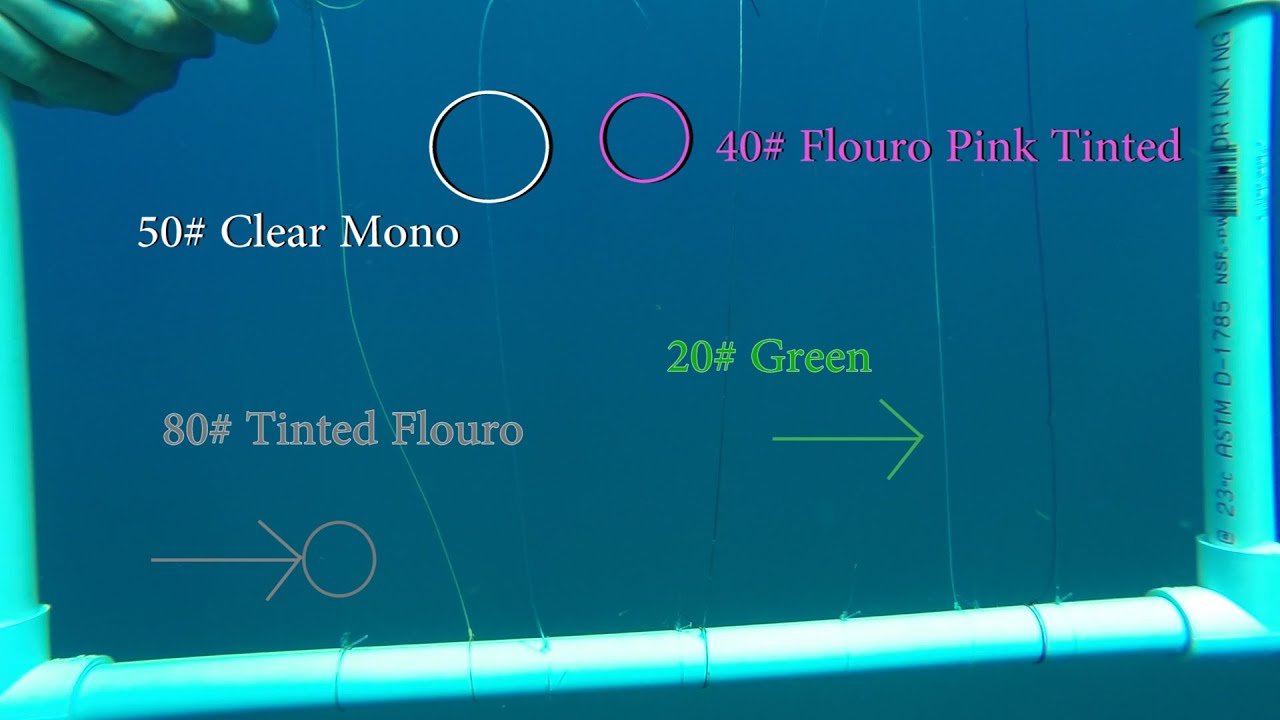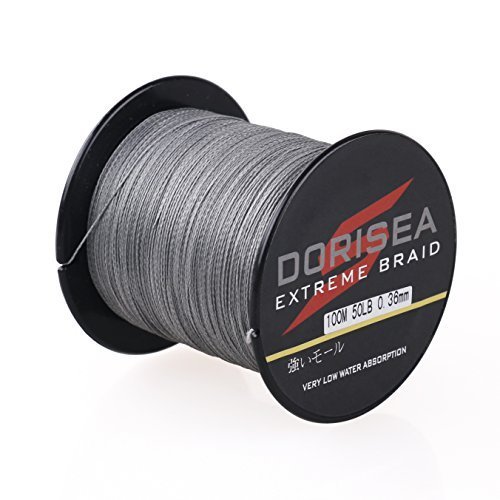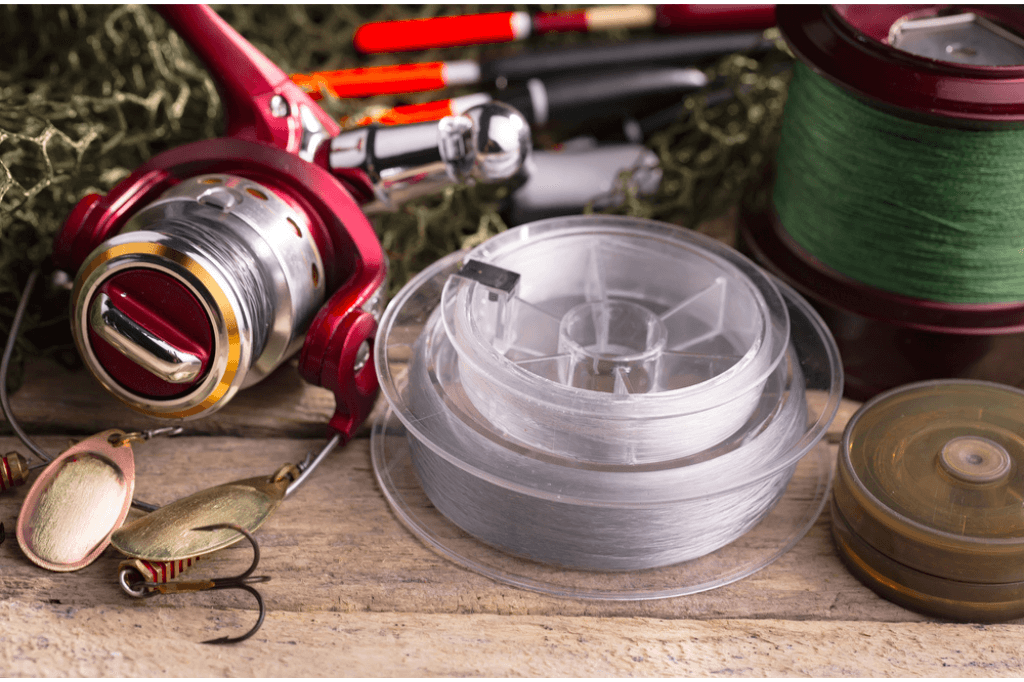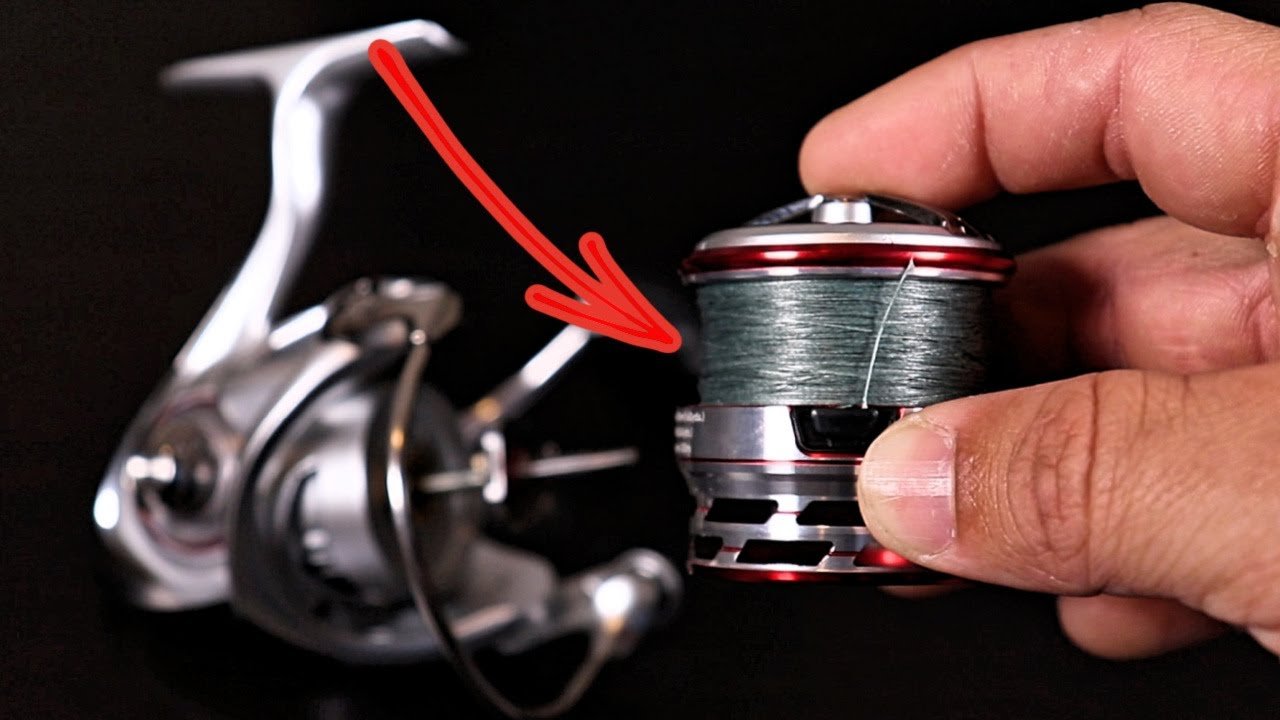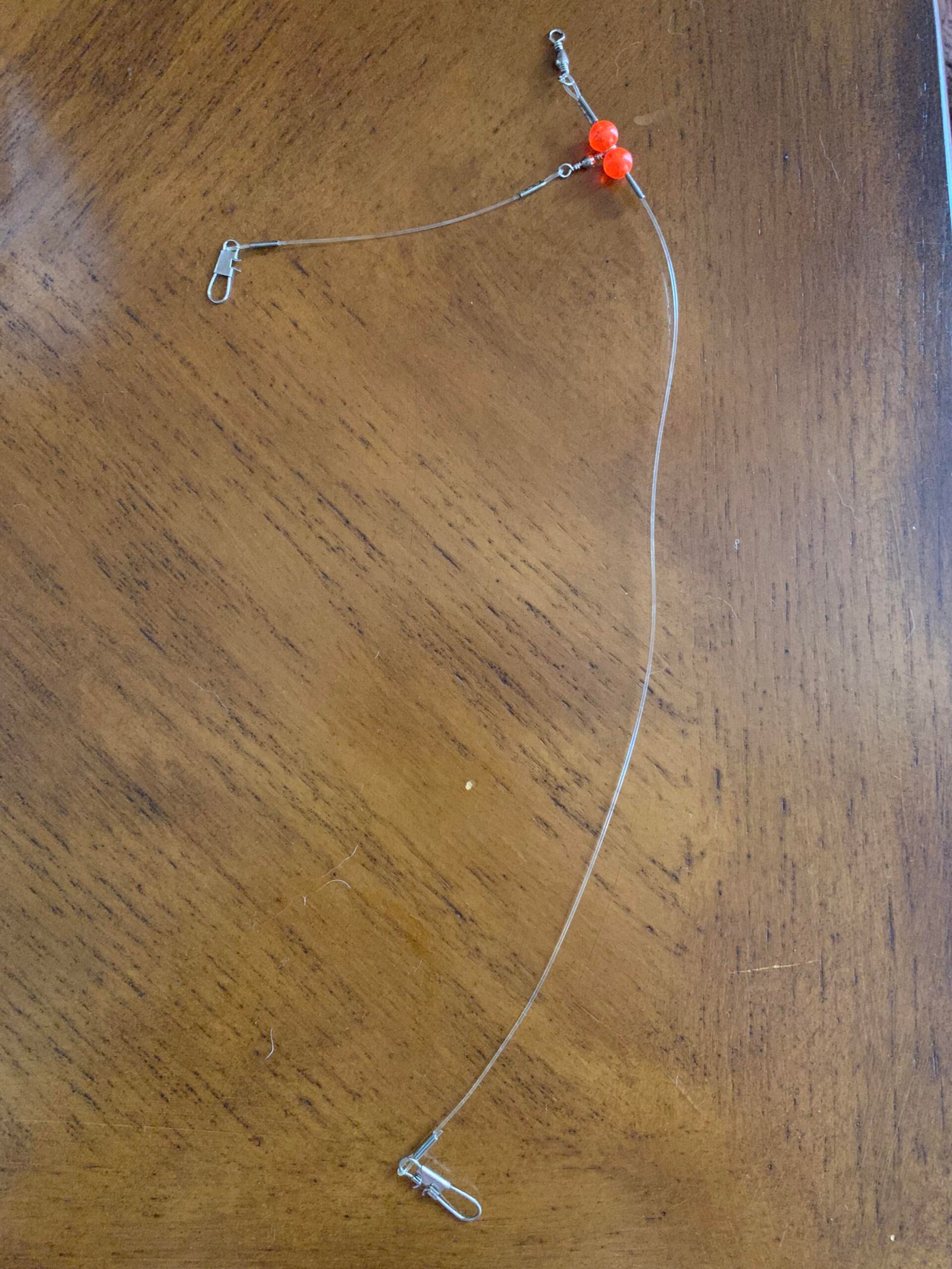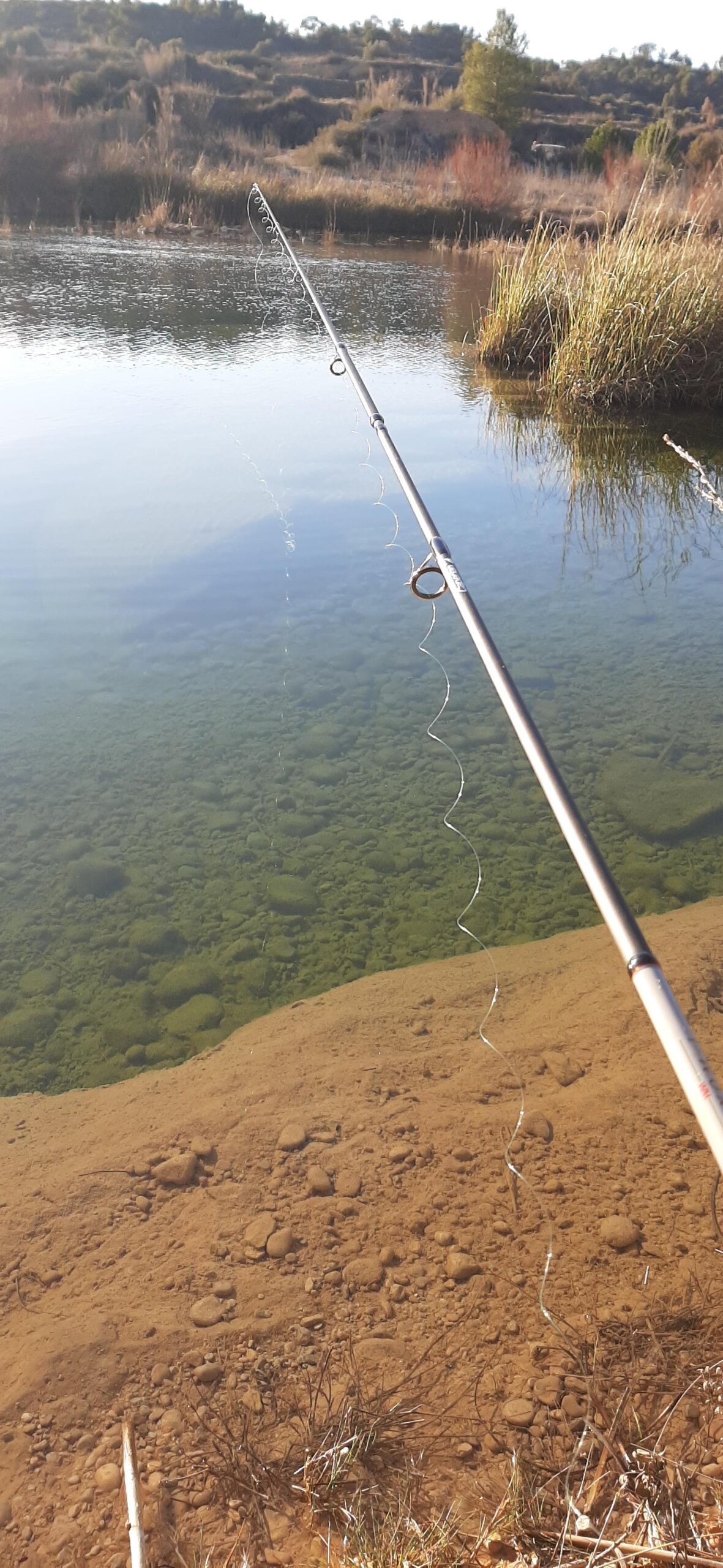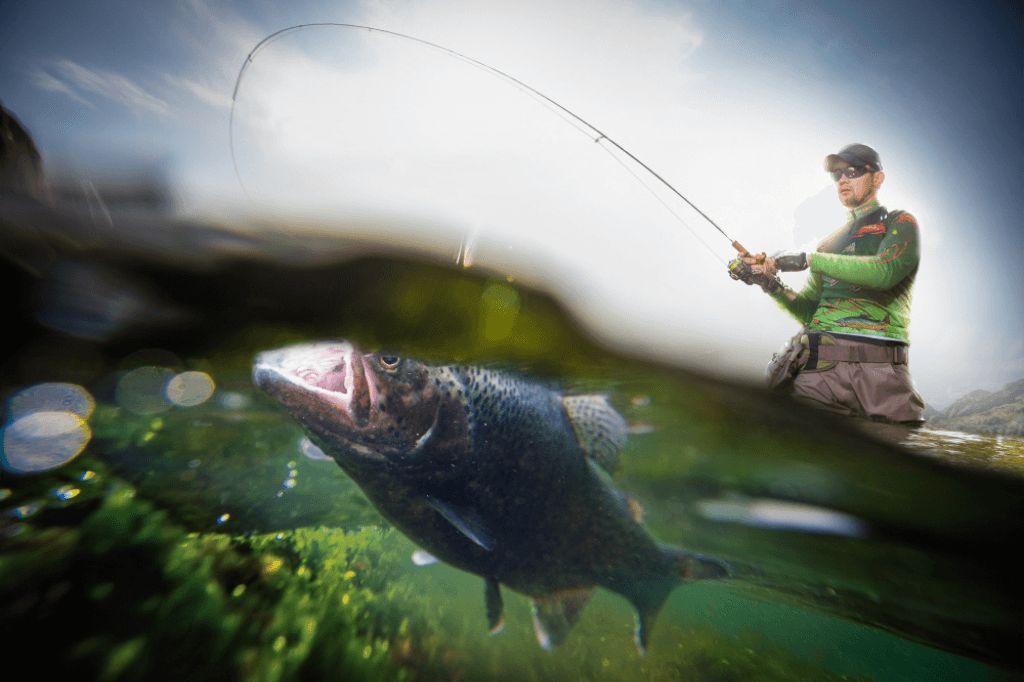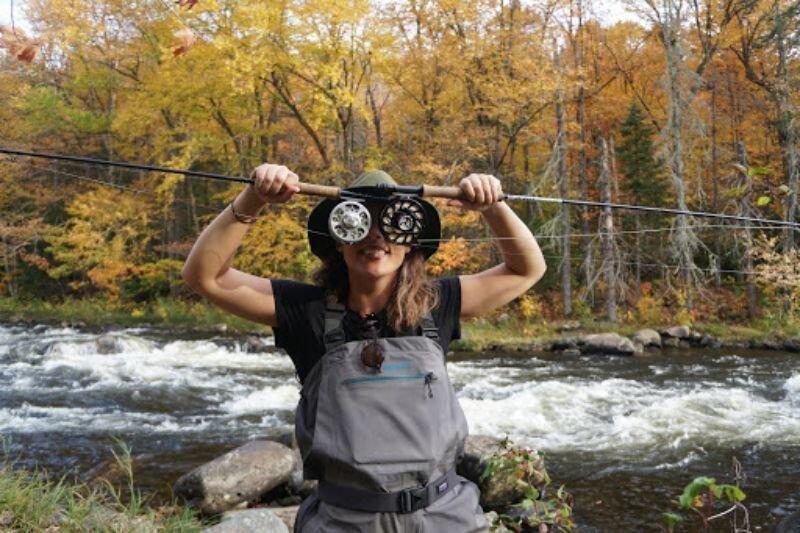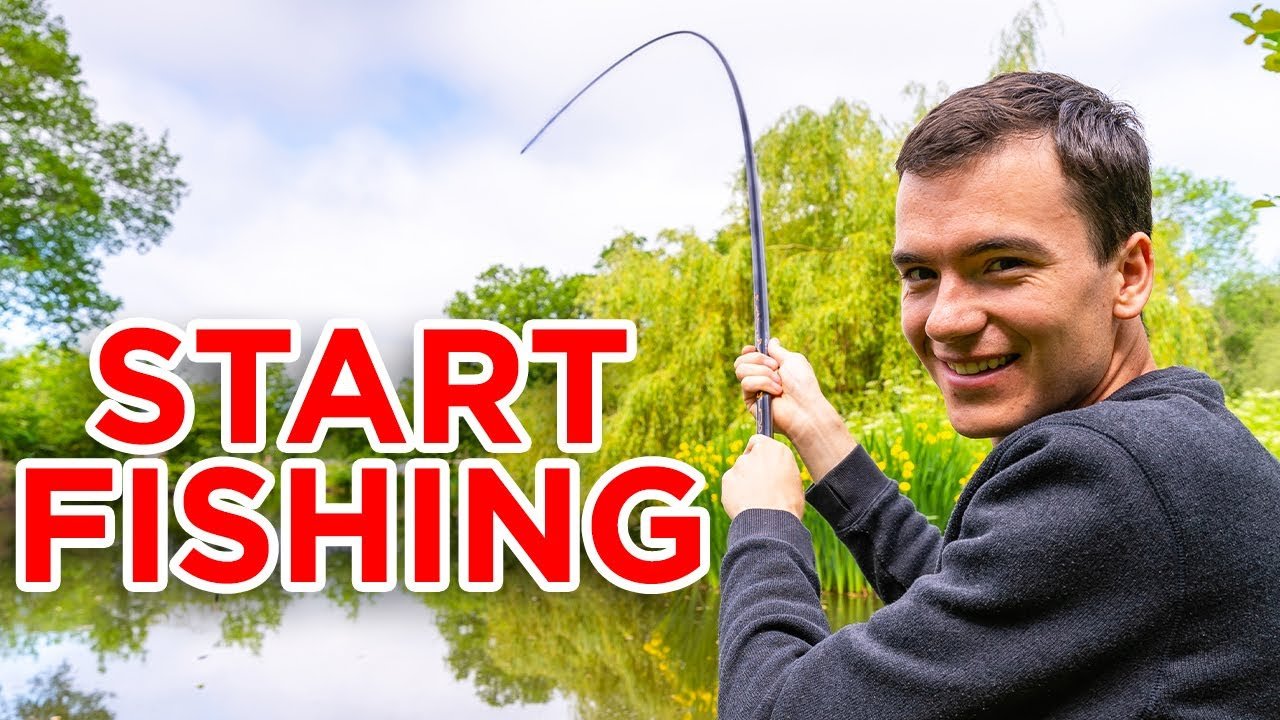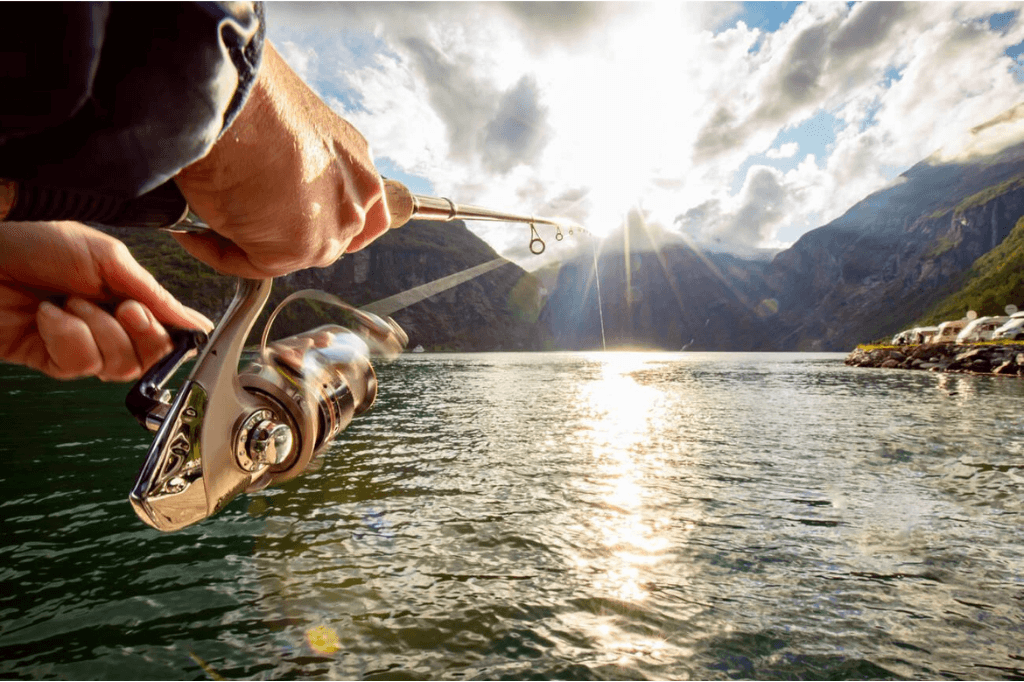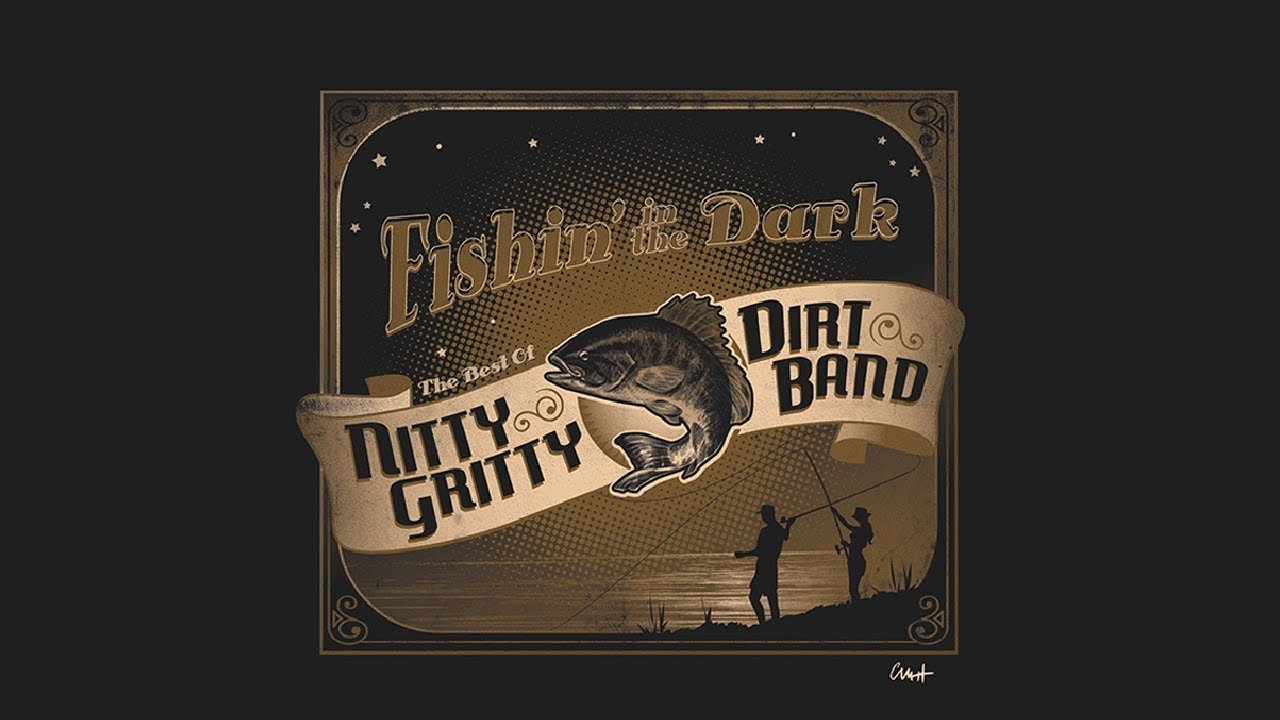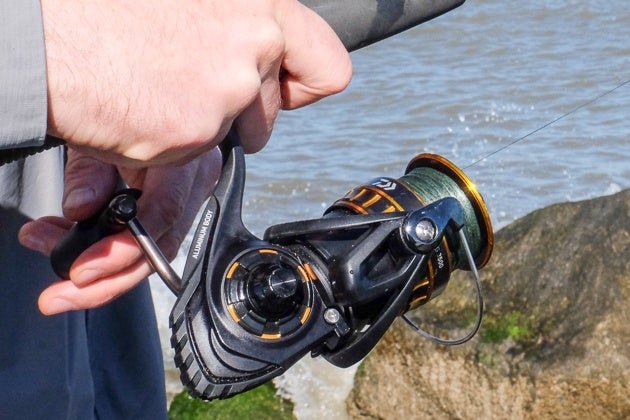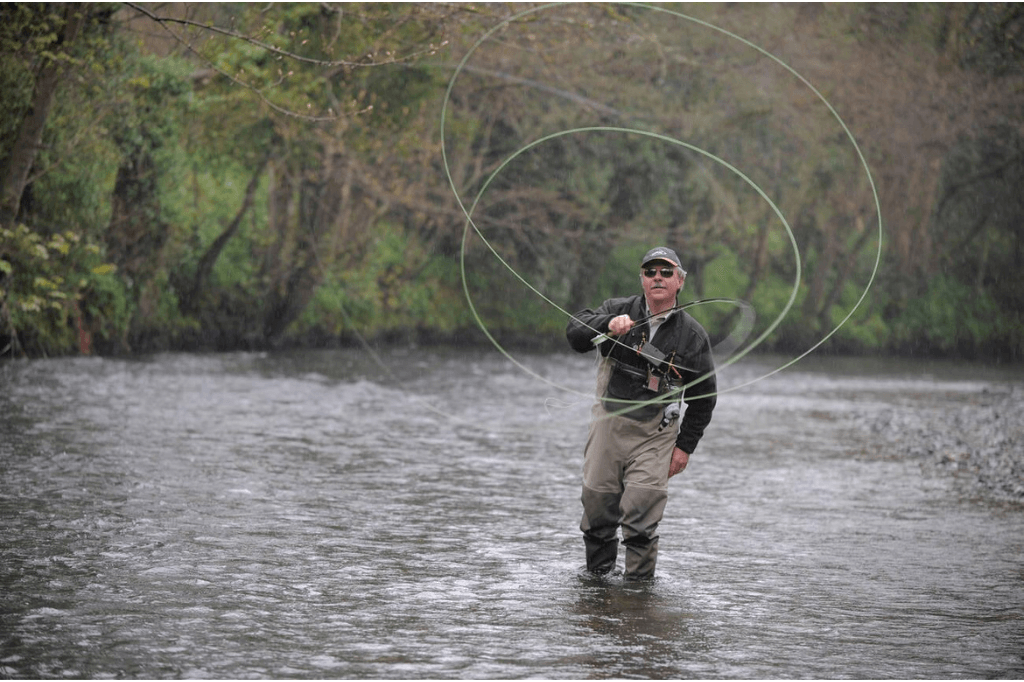Spinning reels are essential for both novice and experienced anglers. They offer smooth casting and retrieval, which makes them ideal for various fishing techniques. Lightweight and durable, these reels handle different types of fish and environments. Their design reduces line tangles, enhancing the overall fishing experience.
Available in various sizes, they cater to different fishing needs. Whether you’re fishing in freshwater or saltwater, a spinning reel proves to be a reliable companion. Its user-friendly nature makes it a popular choice among fishing enthusiasts. Investing in a quality spinning reel can significantly improve your fishing adventures.
The Essentials Of Spinning Reel Selection
Choosing the right spinning reel is crucial for a successful fishing experience. The correct reel can enhance your fishing skills and ensure a smooth, enjoyable time. This guide will help you understand the essentials of spinning reel selection.
Key Features To Consider
There are several key features to consider when selecting a spinning reel. Pay close attention to these aspects to make an informed decision:
- Drag System: The drag system controls the resistance when a fish pulls on the line. A smooth, adjustable drag system is essential.
- Gear Ratio: The gear ratio determines the speed at which the line is retrieved. A higher ratio means faster retrieval.
- Ball Bearings: Ball bearings ensure smooth operation. More bearings usually mean a smoother reel.
- Line Capacity: Check the reel’s line capacity to ensure it can hold the type of line you plan to use.
- Weight: A lighter reel reduces fatigue during long fishing sessions. Look for reels made from durable yet lightweight materials.
Matching Reel To Rod
Matching your spinning reel to the right rod is essential for balance and performance. Consider these factors:
| Rod Type | Recommended Reel Size |
|---|---|
| Ultralight Rod | 1000-2000 |
| Light Rod | 2000-3000 |
| Medium Rod | 3000-4000 |
| Heavy Rod | 5000 and above |
Ensure the reel size matches the rod’s power and action. This ensures optimal casting distance and control.
Finally, consider the reel’s handle side. Most reels offer reversible handles to suit both left and right-handed anglers. Choose the option that feels most comfortable for you.

The Mechanics Of Spinning Reels
Spinning reels are essential for fishing enthusiasts. Understanding their mechanics can enhance your fishing experience. This section breaks down the key components of spinning reels.
Gear Ratio Explained
The gear ratio is a crucial aspect of spinning reels. It determines how quickly the line is retrieved.
A gear ratio is expressed as a set of numbers, like 6.2:1. The first number indicates the number of rotations the spool makes. The second number is a single turn of the handle.
Higher gear ratios mean faster retrieval speeds. This is useful for catching fast-moving fish. Lower gear ratios provide more torque, making it easier to reel in heavy fish.
| Gear Ratio | Speed | Best For |
|---|---|---|
| 4.8:1 | Slow | Heavy Fish |
| 6.2:1 | Fast | Quick Fish |
Importance Of Ball Bearings
Ball bearings play a significant role in the functionality of spinning reels. They ensure smooth operation and reduce friction.
More ball bearings often mean a smoother reel. A spinning reel with five or more ball bearings will generally perform better.
Ball bearings also impact the durability of the reel. High-quality bearings last longer and require less maintenance. Always consider the number and quality of ball bearings in a spinning reel.
- Smooth Operation: More bearings mean smoother action.
- Durability: High-quality bearings extend the reel’s lifespan.
- Less Maintenance: Fewer repairs and cleaning required.
Line Selection For Spinning Reels
Choosing the right line for your spinning reel can make a big difference. The type of line, its weight, and capacity all play crucial roles. This guide will help you understand the best options for your needs.
Braided Vs. Monofilament
Braided line is made from multiple fibers. It is very strong and has a small diameter. This type of line is great for fishing in heavy cover. It also has little to no stretch, which helps with sensitivity.
Monofilament line is made from a single strand of material. It is more flexible and easier to handle. This type of line is ideal for beginners. It also stretches, which helps to absorb shocks.
FeatureBraided LineMonofilament LineStrengthVery StrongModerate StrengthStretchLow StretchHigh StretchDiameterSmallLargeVisibilityLow VisibilityHigh Visibility
Line Weight And Capacity
The line weight is how much weight the line can handle. It is measured in pounds. Higher line weight means the line can handle bigger fish. Choose a line weight based on the type of fish you are targeting.
Line capacity refers to how much line your reel can hold. This is important for long casts and deep-water fishing. Check your reel’s specifications to know its capacity.
- Light line weight (2-6 lbs) for small fish
- Medium line weight (6-12 lbs) for medium fish
- Heavy line weight (12+ lbs) for large fish
Always match your line weight to your reel’s capacity. This ensures you have enough line for your fishing needs.
Optimizing Your Spooling Technique
Optimizing your spooling technique can enhance your spinning reel’s performance. Proper spooling prevents common issues and ensures smooth casting. Let’s explore key methods to achieve optimal spooling.
Avoiding Line Twist
Line twist can ruin your fishing experience. It causes tangles and reduces casting distance. Follow these steps to avoid it:
- Align the spool with the reel to match the line’s natural curve.
- Keep tension on the line while spooling to prevent slack.
- Close the bail manually after each cast to reduce twist.
- Use a swivel to connect your lure for smoother rotation.
Layering For Maximum Efficiency
Proper layering of the line is crucial for smooth casting and reeling. Here’s how to achieve it:
- Start with a clean spool. Remove any old line and debris.
- Add a backing line if necessary. This helps secure the main line.
- Spool the line evenly. Use your fingers to guide it.
- Fill the spool to the recommended level. Do not overfill or underfill.
Follow these tips to optimize your spooling technique. Enjoy a smoother and more efficient fishing experience.
Casting Like A Pro
Learning to cast like a pro with your spinning reel can make fishing more enjoyable. With practice, you can achieve better accuracy and longer casts. Let’s dive into some techniques to help you cast like a professional.
Mastering The Overhead Cast
The overhead cast is one of the most common casting techniques. Follow these steps to master it:
- Grip the rod: Hold the rod with your dominant hand. Place your thumb on top of the handle.
- Open the bail: Flip the bail open to release the line.
- Position the rod: Hold the rod at a 45-degree angle behind you.
- Cast forward: Swiftly move the rod forward, releasing the line at the right moment.
- Close the bail: Once the lure lands, close the bail to start reeling.
Practice these steps to improve your overhead casting skills. Over time, your accuracy and distance will improve.
Precision In Underhand Casting
Underhand casting is perfect for short distances and tight spaces. This technique requires precision and control. Here’s how you can achieve it:
- Grip the rod: Hold the rod with a firm grip, placing your index finger on the line.
- Open the bail: Flip the bail to release the line.
- Swing the rod: Use a smooth, underhand motion to cast the lure.
- Release the line: Let go of the line at the right moment for a precise cast.
- Close the bail: After the lure lands, close the bail and reel in.
Underhand casting is great for fishing in tight spots. Practice this technique to improve your accuracy and control.
Drag System Adjustments
Understanding the drag system adjustments on a spinning reel is crucial for any angler. The drag system controls the resistance a fish feels when it pulls on your line. Knowing how to adjust it properly can mean the difference between landing a big catch or watching it swim away.
Setting The Perfect Drag
Setting the perfect drag is essential for a successful fishing trip. Follow these steps for an optimal drag setting:
- Attach your reel to the rod and thread the line through the guides.
- Tie the line to a stationary object.
- Pull the line with steady pressure, using a spring scale to measure the drag.
- Adjust the drag knob until the scale reads about one-third of your line’s breaking strength.
For example, if your line has a 15-pound breaking strength, set the drag to 5 pounds. This ensures that the line won’t snap easily, giving you more control over the fish.
Adapting Drag During A Fight
During a fight with a fish, you may need to adjust the drag. Fish can make sudden runs or dives, requiring quick adaptations. Here’s how you can do it:
- Keep your hand on the reel, ready to turn the drag knob.
- If the fish makes a strong run, loosen the drag to prevent the line from snapping.
- Once the fish tires, tighten the drag to reel it in more efficiently.
Adapting the drag during a fight helps you maintain control. It also reduces the chances of losing the fish due to a broken line.
| Scenario | Action |
|---|---|
| Fish makes a strong run | Loosen the drag |
| Fish tires out | Tighten the drag |
Adjusting the drag system effectively is a skill that comes with practice. By mastering these adjustments, you can improve your chances of a successful catch.
Maintenance For Longevity
Proper maintenance is key to ensuring your spinning reel lasts for years. Neglecting maintenance can lead to poor performance and breakdowns. This guide will help you keep your reel in top shape.
Cleaning Your Reel
Regular cleaning is essential for the longevity of your spinning reel. Start by rinsing the reel with fresh water after each use, especially after saltwater fishing. This removes salt and debris that can cause corrosion.
Use a soft cloth to wipe down the reel. Avoid using harsh chemicals or abrasive materials. These can damage the reel’s finish and components.
Disassemble the reel according to the manufacturer’s instructions. This allows you to clean each part thoroughly. Use a small brush to remove dirt and grime from hard-to-reach areas.
| Cleaning Tools | Purpose |
|---|---|
| Soft Cloth | Wiping down the reel |
| Small Brush | Removing dirt from tight spaces |
| Fresh Water | Rinsing off salt and debris |
Lubrication Points
Lubricating your reel is crucial for smooth operation. Focus on key lubrication points to ensure optimal performance.
- Handle Knob: Apply a drop of oil to the handle knob. This reduces friction and allows for smoother cranking.
- Bail Arm: Lubricate the pivot points of the bail arm. This ensures smooth casting and retrieval.
- Main Shaft: Apply grease to the main shaft. This is where most of the reel’s pressure is exerted.
Use a high-quality reel oil and grease. These are specifically designed for fishing reels and provide better protection and performance.
Over-lubrication can attract dirt and cause more harm than good. A few drops of oil or a small dab of grease is sufficient.
Maintaining your spinning reel ensures it performs well and lasts longer. Follow these tips to enjoy smooth and reliable fishing experiences.
Troubleshooting Common Issues
Spinning reels are essential for anglers. But, they can sometimes face problems. Knowing how to fix these issues can save time and effort. Here, we will discuss some common problems and their solutions.
Resolving Line Tangles
Line tangles are frustrating. They can spoil your fishing experience. Here are some steps to resolve them:
- Stop reeling in if you notice a tangle.
- Check the spool and look for any knots.
- Gently pull the line to untangle it.
- Cut the line if the tangle is severe. Then, re-tie the hook.
Preventing line tangles is also important. Make sure to spool the line correctly. Avoid overfilling the spool. Use the right line for your reel.
Fixing Bail Spring Problems
A faulty bail spring can affect your casting. Here is how you can fix it:
- Open the bail arm and check the spring.
- Look for any dirt or rust on the spring.
- Clean the spring with a soft cloth.
- Replace the spring if it is broken.
Maintaining the bail spring is key. Lubricate it regularly to keep it working smoothly. This will ensure better performance.
Advanced Techniques And Tricks
Mastering the basics of a spinning reel is just the beginning. To truly excel, you need to learn advanced techniques and tricks. These methods can significantly improve your fishing game. They help you catch more fish and make your experience more enjoyable.
Skipping Techniques
Skipping your lure under overhanging structures can be a game-changer. It lets you reach areas where fish hide. Follow these steps to master skipping:
- Choose the right lure: Soft plastics work best for skipping.
- Adjust your reel settings: Set the drag and spool tension properly.
- Perfect your cast: Use a sidearm cast with a quick flick of the wrist.
Practice these steps to become proficient. You’ll soon be able to get your lure into tight spots with ease.
Using Backreeling To Your Advantage
Backreeling is a technique where you manually control the reel’s rotation. It offers better control during a fight with a fish. Here’s how to use backreeling:
- Turn off the anti-reverse: This lets the reel spin backward.
- Use your hand: Manually rotate the reel to let out line.
- Match the fish’s movements: Reel in when the fish tires, and backreel when it pulls hard.
Backreeling can prevent line breakage and give you a better chance of landing big fish. It’s a valuable skill for serious anglers.
| Technique | Benefit |
|---|---|
| Skipping | Reaches hidden fish |
| Backreeling | Better control during fights |
Both of these advanced techniques can transform your fishing experience. Practice them to enhance your skills and catch more fish.
Innovations In Spinning Reel Technology
Spinning reels have come a long way. Recent innovations have made them better and more efficient. These changes make fishing more fun and successful.
Latest Features In The Market
Today’s spinning reels have cutting-edge features. Here are some of the latest:
- Anti-Reverse Systems: Prevents the reel from turning backward.
- Lightweight Materials: Makes reels easier to handle.
- Enhanced Drag Systems: Offers smoother and stronger drag.
- Ergonomic Handles: Provides a comfortable grip for long fishing hours.
Future Trends To Watch
The future of spinning reels looks bright. Exciting trends are on the horizon:
- Smart Reels: These reels will have sensors to track your fishing stats.
- Eco-Friendly Materials: More reels will use sustainable materials.
- Integration with Apps: You can connect your reel to a smartphone app.
Frequently Asked Questions
What Is A Spinning Reel Best For?
A spinning reel is best for versatile fishing, especially for beginners. It excels in casting lightweight lures and achieving longer casts.
Are Spinning Reels For Beginners?
Yes, spinning reels are ideal for beginners. They are easy to use and versatile for various fishing techniques.
What Is The Difference Between A Spinning Reel And A Regular Reel?
A spinning reel mounts below the rod and uses a fixed spool. A regular reel, often a baitcasting reel, mounts above the rod and uses a rotating spool.
What Is The Difference Between A Spinning Reel And A Spin Casting Reel?
A spinning reel has an open-faced design with a visible spool, ideal for casting lighter lures. A spin casting reel has a closed-faced design with a push-button mechanism, suitable for beginners.
Conclusion
Choosing the right spinning reel enhances your fishing experience. Consider durability, ease of use, and line capacity. A quality reel makes fishing enjoyable and productive. Invest wisely for long-term satisfaction and better performance. H



